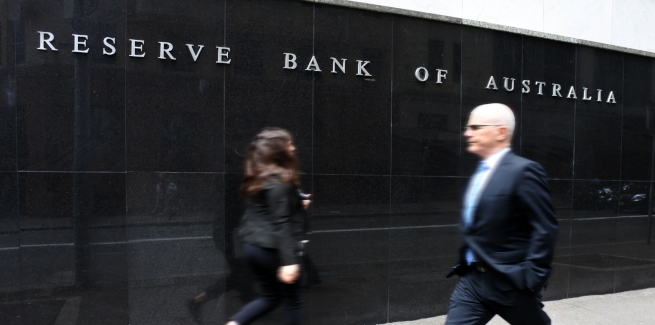The Australian Bureau of Statistics (ABS) has released its latest Consumer Price Index, reporting headline inflation of 0.5 per cent over the September quarter – in line with market expectations.
While down when compared with the previous quarter (0.6 per cent), inflation grew in annual terms, rising from 1.6 per cent in the year to 30 June 2019, to 1.7 per cent in the 12 months to 30 September.
Trimmed mean inflation was also in line with market expectations, rising 0.4 per cent in the September quarter and by 1.6 per cent in annual terms.
According to ANZ Research, the September quarter result would reduce the likelihood of further monetary policy easing in the near term, with the RBA’s cuts targeted at making “faster progress in reducing unemployment and achieve more assured progress towards the inflation target”.
“The number gives [the RBA] some flexibility around the timing of the next rate cut, and a move next week is materially less than a 50 per cent probability in our view,” ANZ Research noted.
The CPI data follows last week’s release of the ABS’ Labour Force data, which reported that the unemployment rate fell to 5.2 per cent in September, despite expected inertia.
However, according to ANZ Research, such results are not enough to help the RBA achieve its long-term targets.
“Until there is a sustained recovery in housing and a general pick-up in wages, we struggle to see trimmed mean inflation returning to the RBA’s target band,” the research group added.
As a result, ANZ Research is expecting further cuts to the cash rate in the medium-term.
“We still think the RBA will eventually need to ease further if it is to drive spare capacity out of the labour market and get the unemployment rate down towards 4.5 per cent,” ANZ Research stated.
The market is also expecting monetary policy easing from the RBA’s foreign counterparts and the federal government’s reluctance to provide further fiscal stimulus to place further pressure on the RBA
IBISWorld senior industry analyst Michael Youren observed: “[The] federal government’s commitment to a budgetary surplus has meant that expansionary fiscal policy measures are unlikely to be introduced, forcing the RBA’s hand to enact stimulus measures.
The analyst noted that the market is expecting the RBA’s rate cuts in June, July and October to be part of a broader march towards expansionary quantitative easing (QE) policy, which may include the large-scale purchase of financial assets by the bank or the setting of negative interest rates.
Mr Youren said QE policy would trigger a sharp uplift in home lending, which could, in turn, drive further residential property price growth.
“While it is unlikely that retail banks will pass negative rates on in the form of charging interest on deposits and paying customers to take out loans, these measures will likely lead to lower interest rates charged on mortgages,” he said.
“Borrowers would be able to service interest on larger loans, and this would likely mean that banks will allow customers to borrow more money.
“Greater borrowing capacity would continue to inflate property values.”
[Related: Rate trajectory rides on Trump trade deal]

